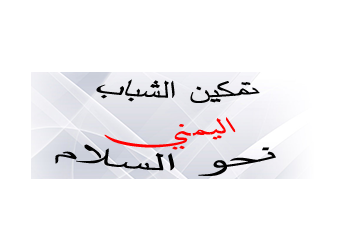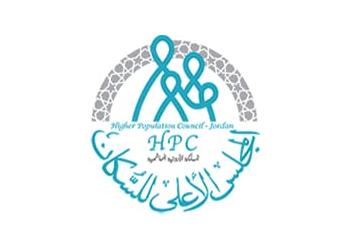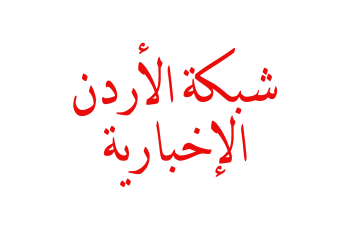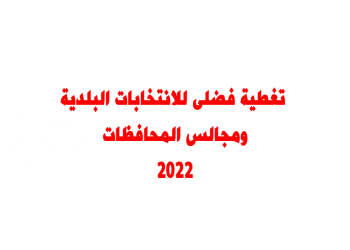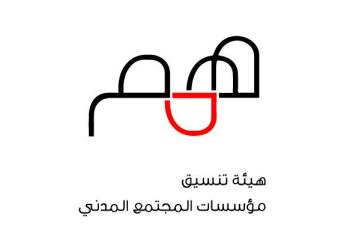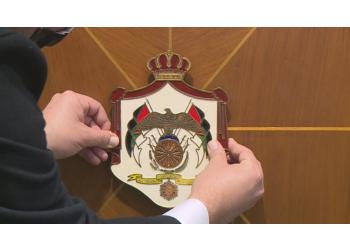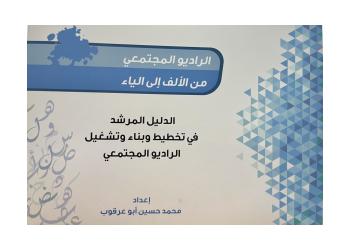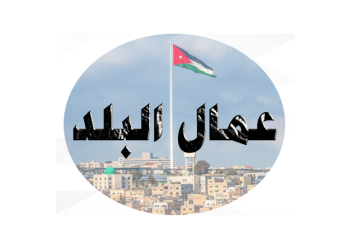
In spite of the collapse of the negotiations between Palestinians and Israelis, the little town of Bethlehem will be swamped with pilgrims over the Christmas season. More than 90,000 are expected to tour Christian sites to mark the birth of Jesus 2,000 years ago.
Pilgrims and tourists these days are no more deterred by difficulties than they were during the past hundreds of years when this region was oft afflicted by strife.
Chief among the sites is the Church of the Nativity. Tradition holds that it was built over the manger in the stable where Jesus was laid by his mother because there was no room at local inns. The church is an imposing rectangular stone-built basilica constructed in 333AD by the Byzantine Emperor Constantine and renovated from time to time by Palestine’s subsequent rulers and prelates. The location of the manger, marked by a silver star, is a grotto beneath the church reached by narrow stairways on either side of the main altar.
Pilgrims enter the church through the “Door of Humility”, bowing their heads and stepping over the worn lintel into the chill, dim, colonnaded interior of the church. The door was, however, not made to instill a proper sense of reverence and humility but to prevent armed men on horseback from charging into the church, long a place of refuge from the wars and conflicts that have afflicted Palestine for millennia.
Most recently, the church became a refuge during the spring of 2002, when Israeli forces were reinvading the West Bank with the aim of crushing the second Intifada. Israeli troops drove Palestinian fighters into the sanctum of the church. A siege ensued, with world powers calling for restraint and the media - including this correspondent - camped out in the narrow streets overlooking the church. After 39 days, the Palestinians turned themselves in to the Israeli military and were exiled to Europe and the Gaza Strip. Some still have not been able to go home.
For Bethlehem, the siege was a critical point in Israel’s occupation. The Israelis were shown the limits of their power. This was a rare occurrence at the time. But times are changing and Israel’s image in the world has been blackened by its brutal 2006 war on Lebanon and its even more horrendous 2008-09 onslaught on Gaza.
Israel - to the dismay of its allies in the West - is losing the battle for “hearts and minds” because people round the world are learning about its occupation policies.
This week, Human Rights Watch published a particularly damning 166-page report on the situation in East Jerusalem and the West Bank. Israel is pilloried for practising a discriminatory two-tier system of governance, providing lavishly for the colonists it is illegally planting in occupied East Jerusalem and the West Bank while denying Palestinians the basics, such as electricity, water and access roads.
Today not just the Church of the Nativity but the whole of Bethlehem, a town of 30,000, is under siege by Israeli colonies, checkpoints and walls. The colonies have eaten up 87 per cent of the land of Bethlehem governorate and are encroaching on the land remaining to the Palestinians. Muslim farmers are being driven from their villages into Bethlehem and neighbouring Beit Jala and Beit Sahour, once predominantly Christian towns. The influx from the countryside is changing the character of these towns although relations between the communities remain good.
Unemployment is high. Christians are emigrating to Latin America, the US and Australia, where they have relatives. Christians are only one per cent of the total Palestinian population, down from about 10 per cent when Israel was established in 1948.
The people of Bethlehem, regarded by Israel as West Bankers, are not allowed to move freely. They have to cross multiple checkpoints to reach other towns and cities in the West Bank and must obtain permits to go to Jerusalem, where Jesus met his death by crucifixion at the hands of Roman occupiers. East Jerusalem was annexed as part of Israel’s capital in 1967 and Palestinians from the West Bank are barred from entering without Israeli permits which are difficult to obtain, particularly for Bethlehem’s Muslims.
These days, there is no room at the inns in Bethlehem. All hotel accommodation is booked. The local hostelry can handle only five per cent of the visitors expected this Christmas season, most of whom stay in hotels in Israel and are bused into Bethlehem for day tours. Bethlehem received 1.4 million tourists this year, most for quick visits to the holy sites. Few patronise the shops in Manger Square which sell local handicrafts: delicate jewellery made of mother of pearl and representations of the nativity scene of Mary, Joseph, and the baby Jesus lying in a manger in a stable surrounded by shepherds and wise men from Persia, carved from olive wood.
In spite of its trials and tribulations, Bethlehem has put on a happy face for Christmas. A large Christmas tree stands in Manger Square, lights and ornaments gleaming. The square is decked with strings of lights and colourful banners. Christmas music blares from the Peace Centre, built by the Palestinian Authority in the 1990s when it believed peace was at hand. No one who knows what is going on in occupied Palestine believes this today.



